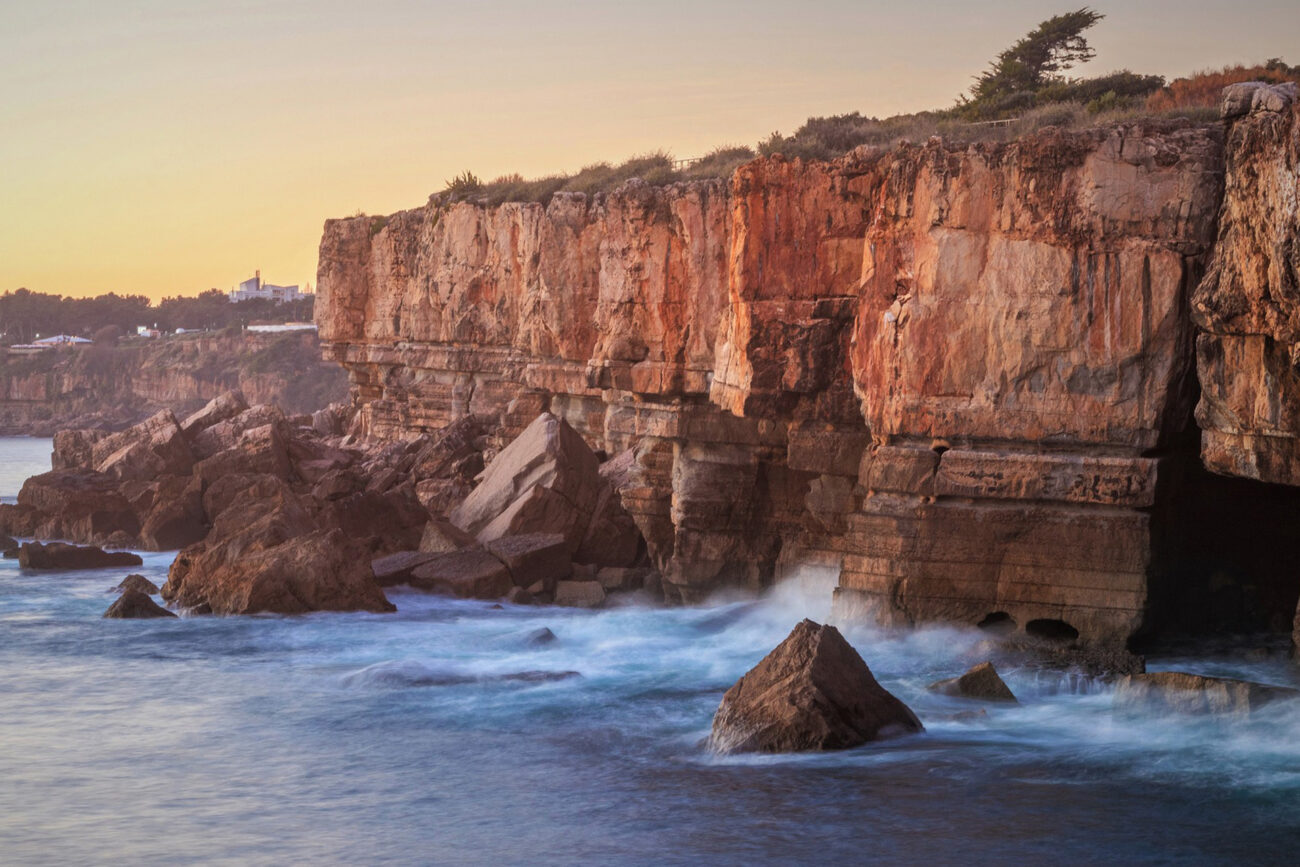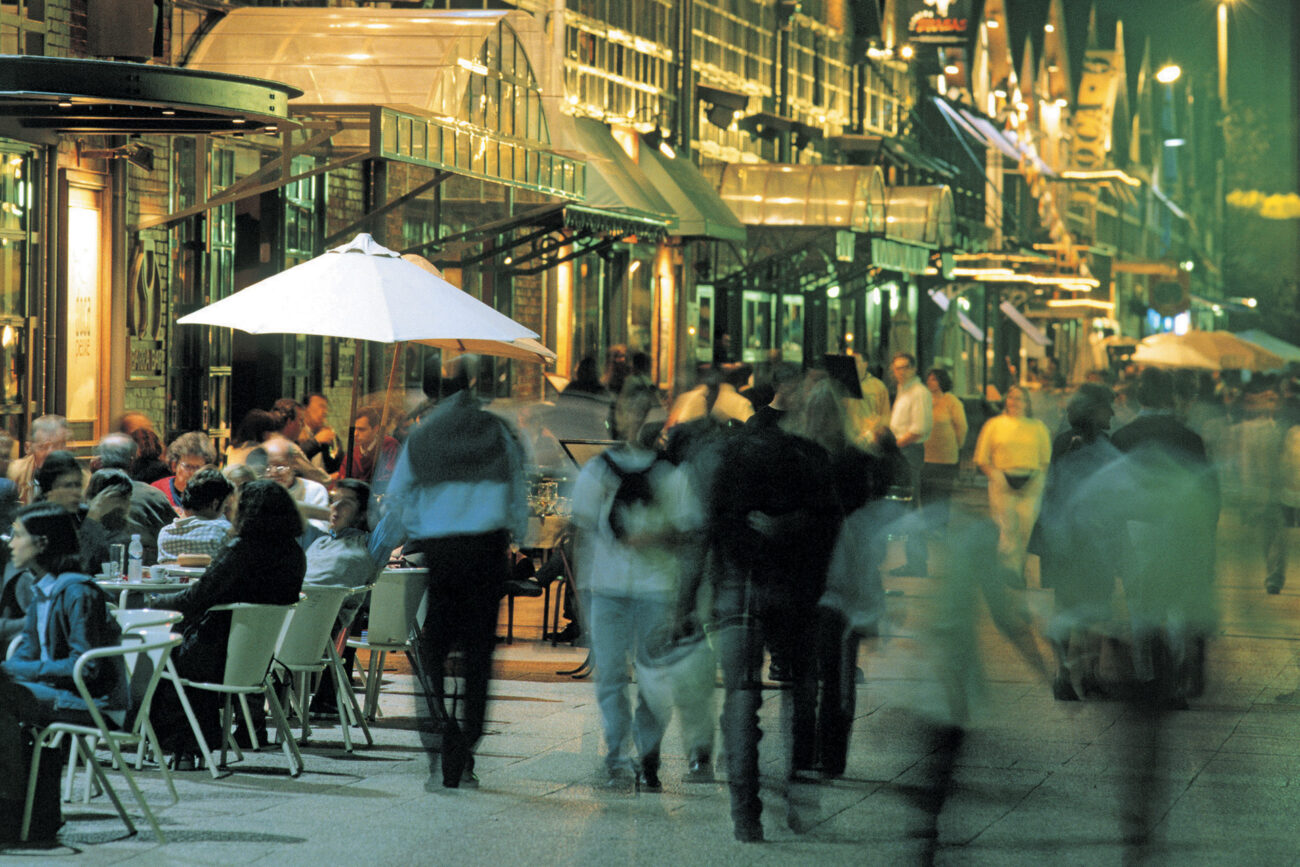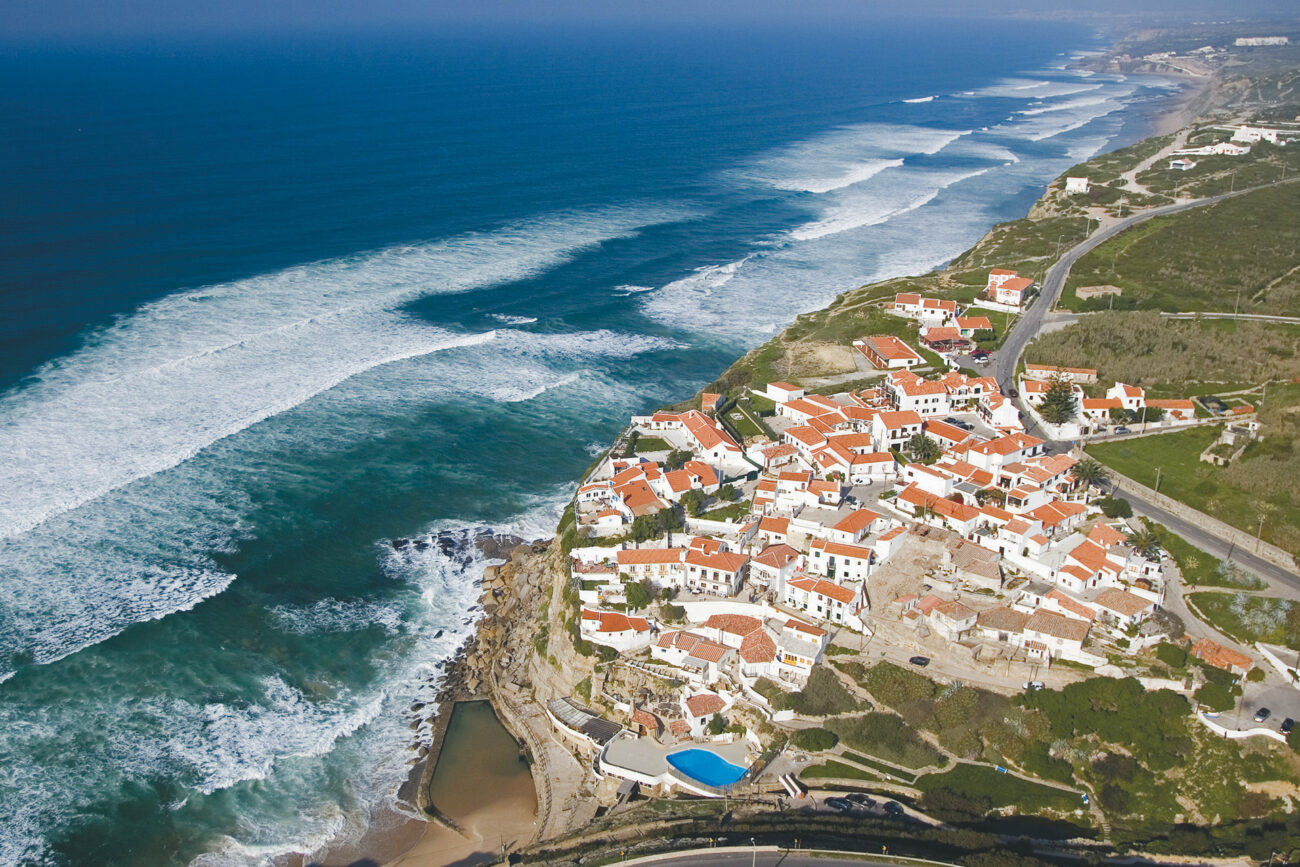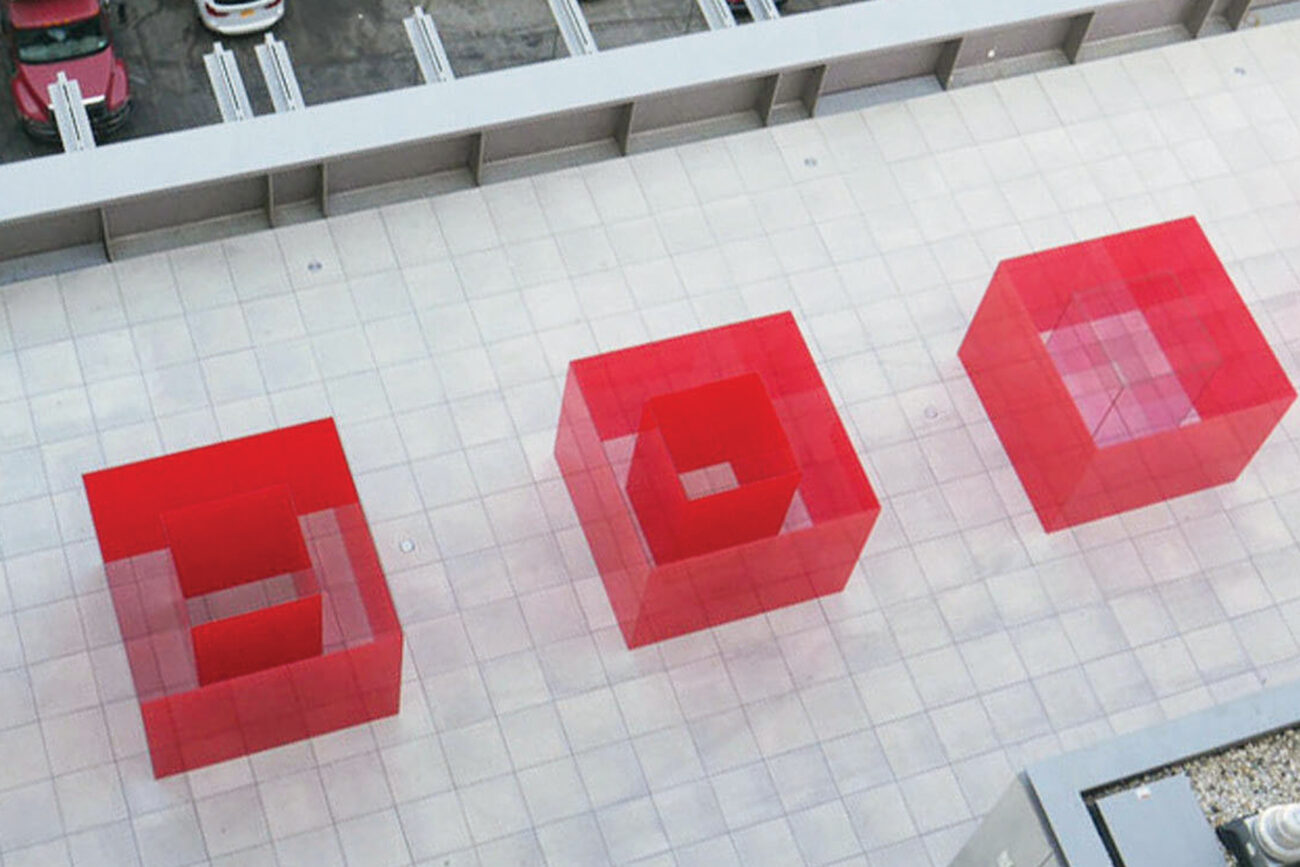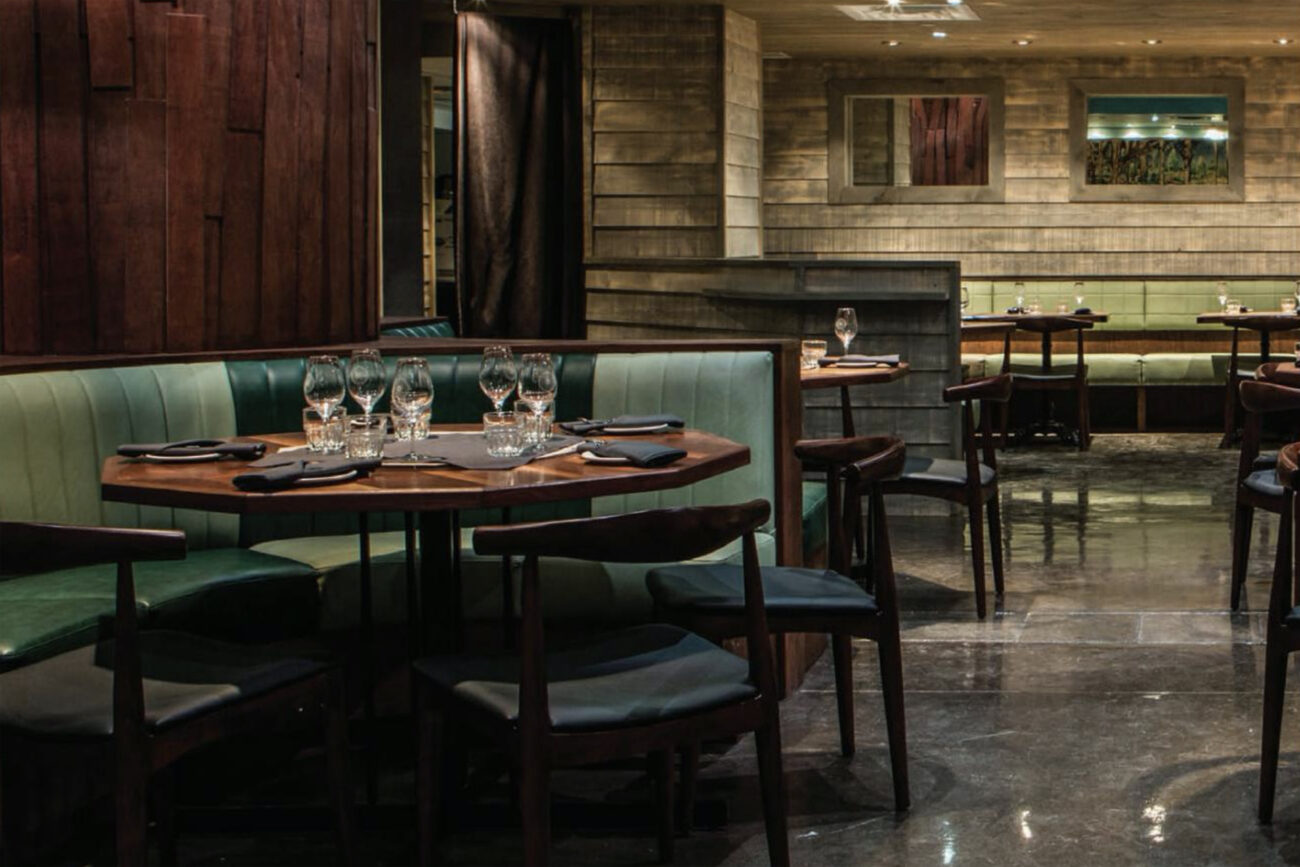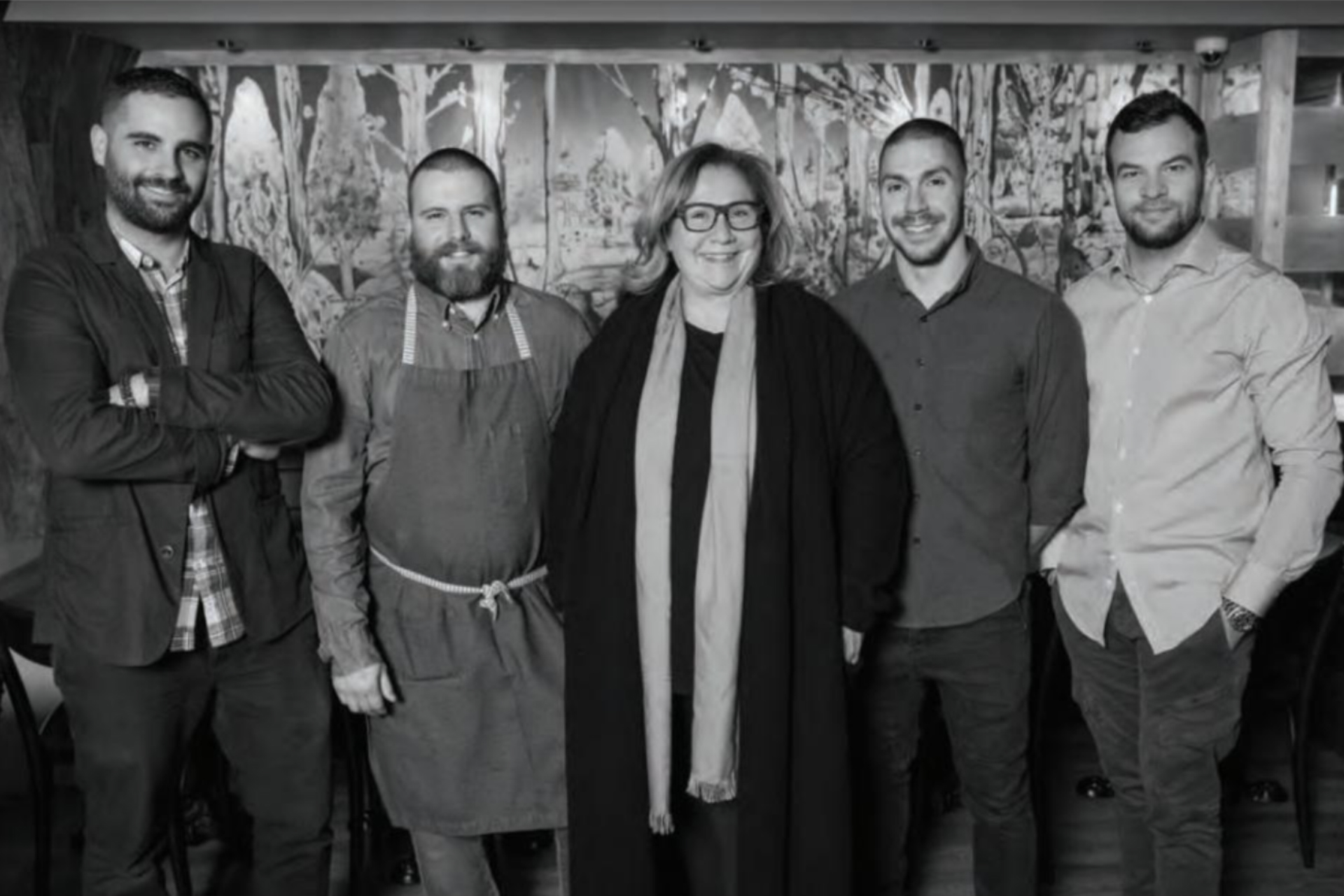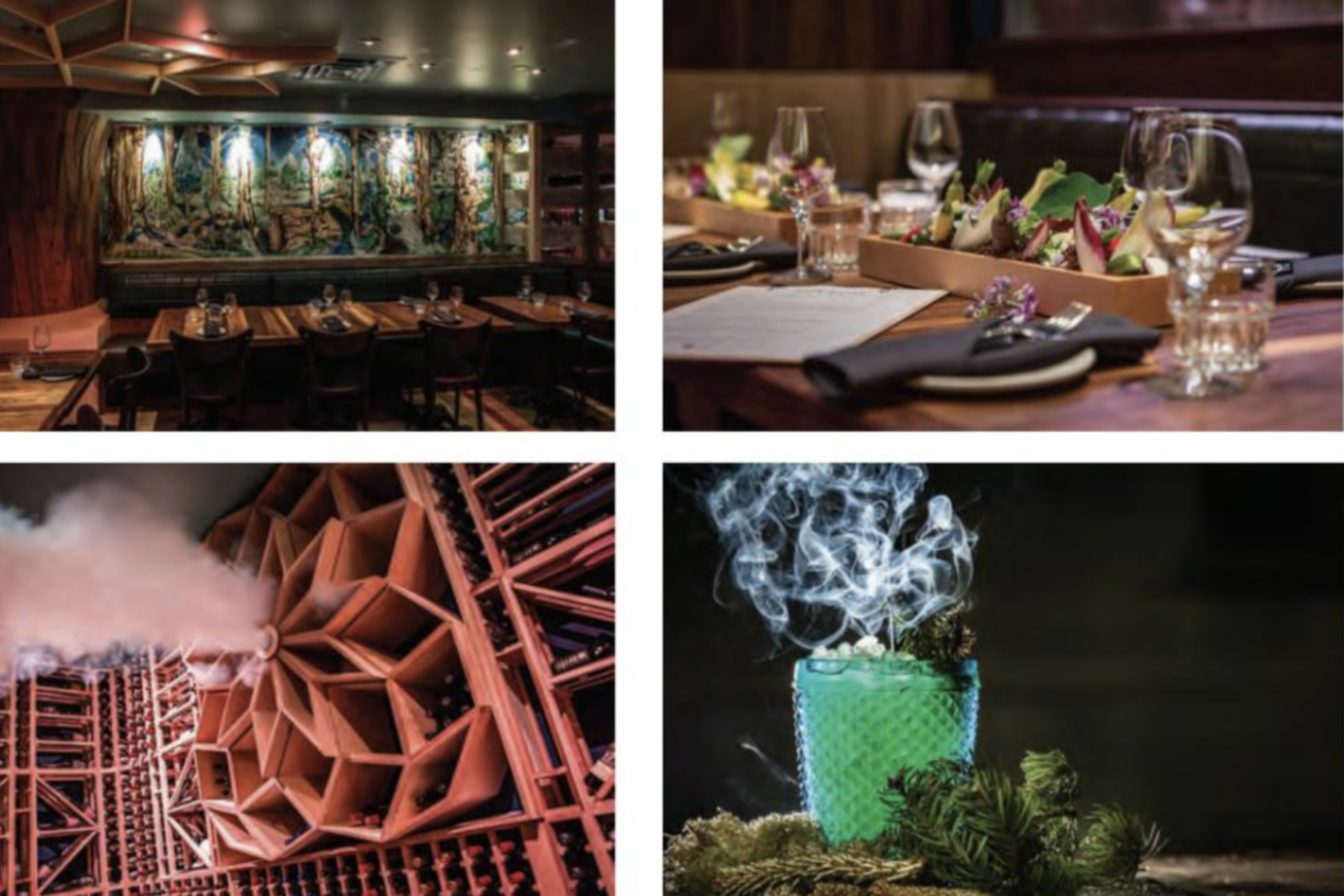Vincent Chiara founded Groupe Mach in 2000. Specializing in the development and rental of commercial office spaces and industrial premises, the Groupe now owns about 125 buildings and a number of properties throughout the province. Among these are the Stock Exchange Tower and CIBC Tower in Montréal. LUXE met with this canny businessman to take the pulse of the real estate market in Québec.
Last year your company won the Environmental Award for the Ressource de la Montagne project. Is respecting the environment always a business priority for you?
Yes. We’ve won the award twice: last year for the Ressource de la Montagne project and in 2014 for 780 Brewster, the first multi-tenant building to obtain LEED certification. Most of our office buildings are certified either LEED or BOMA BEST.
You’ve spent several years working on transforming the former rail yards in Pointe-Saint-Charles. Is it important to you to help showcase a neighbourhood’s rich history?
The rail yards take up no less than 25% of the land in Pointe-Saint-Charles. CN used to be the largest employer in the neighbourhood. When it shut down, the site was abandoned. The land was contaminated, so redevelopment was difficult. When we acquired it, we promised CN that we would decontaminate the soil, and we promised the City of Montréal and its citizens to revitalize the area by creating jobs and building housing. This year, 1,200 homes will be available. The office space will be ready at the end of the year. In fact, 90% are already rented. We kept all the historic façade. It’s a great project.
Your firm has carved out a choice niche for itself in the real estate market in Québec. What are the keys to your success?
Our greatest accomplishment is the reputation and credibility that we’ve built up with our peers and our business and financial partners, thanks to our exceptional team of experts. We started with three employees. Today we have 55.
What is your vision of the real estate market in Québec?
It is quite different from that of the rest of Canada because of the province’s economic situation. In Montréal, you can buy a building for a fraction of its replacement value because rents are very low. It’s quite different in Toronto, for example, where rents are twice as high. That explains why so few towers have been built in the downtown in the last two decades. The newest date from 1991, and are located at 1250 René-Lévesque and 1000 De La Gauchetière West. Right now, it’s a tenants’ market, and supply exceeds demand. The situation should be more normal in 18 to 24 months.
What do you think makes Montréal a good city for real estate investment?
Montréal is the seventh most populous city in North America and has the highest number of students. There is a lot of knowledge here because of its universities. The market has a strong growth potential because rents are very low and can only go up. But our politicians have to support growth if we’re going to make any progress. Too many large real estate projects miscarry because of bureaucratic inertia. It’s a crying shame. Toronto has become the city of head offices, but I believe that Montréal has the potential to become the city of conferences. The French language gives it a charm that you don’t find in American cities. A number of industries, such as video gaming, IT and pharmaceuticals, develop quite well here but could be doing even better. We also need to facilitate immigration by foreign students. In Toronto, 90% of growth comes from immigration.
What criteria and factors need to be considered before investing in a real estate project?
Criteria vary based on the investors’ experience level. In the past 15 years lots of people have gone into real estate because the stock market fluctuates so much. Certain real estate sectors have lower risks and require less knowledge and fewer relationships, especially the residential sector. It’s not very complicated to manage buildings with 10 to 200 units. Many owners do it themselves and hire a superintendant. Investors who have a network and a bit of experience find that buying commercial, industrial or office building presents a manageable risk. Of course, the more an investor is involved in development the more he or she needs expertise to generate value.
What do you imagine Montréal will be like in ten years’ time?
You just have to live here to realize how spoiled we are. There aren’t very many big cities where you can live downtown even if you earn less than $60,000 a year. Unlike New York, Paris or Toronto, in Montréal you can rent a downtown apartment for $800 a month and eat in a high-class restaurant for a reasonable price. This accessibility allows us to have an exceptional quality of life. What’s missing is a political opening to create wealth. People have adopted a new lifestyle. These days families raise their children in condos, something that used to be unheard of. Downtown needs to develop more. So I hope that in ten years Montréal will be as dynamic as it deserves to be thanks to greater political openness.
Mr. Chiara will be speaking at the Québec City Real Estate Forum that will be held this coming April 27, as well as the Québec Real Estate Development Forum scheduled for September 27.
www.groupemach.com
Text: Diane Stehle




